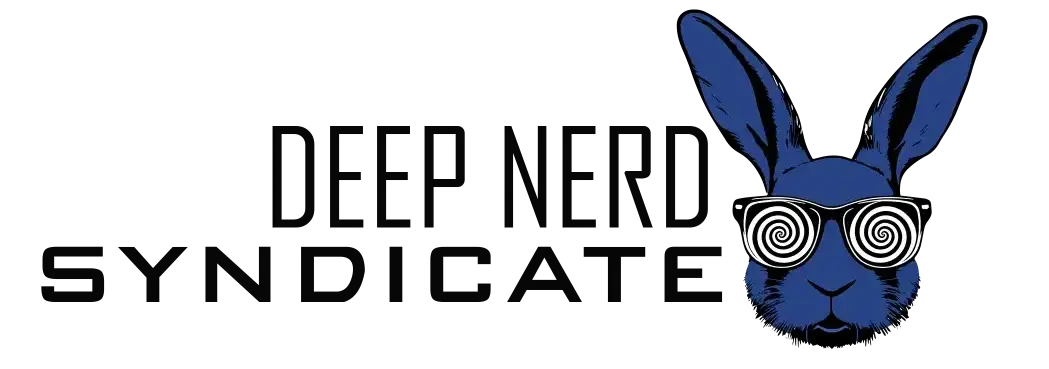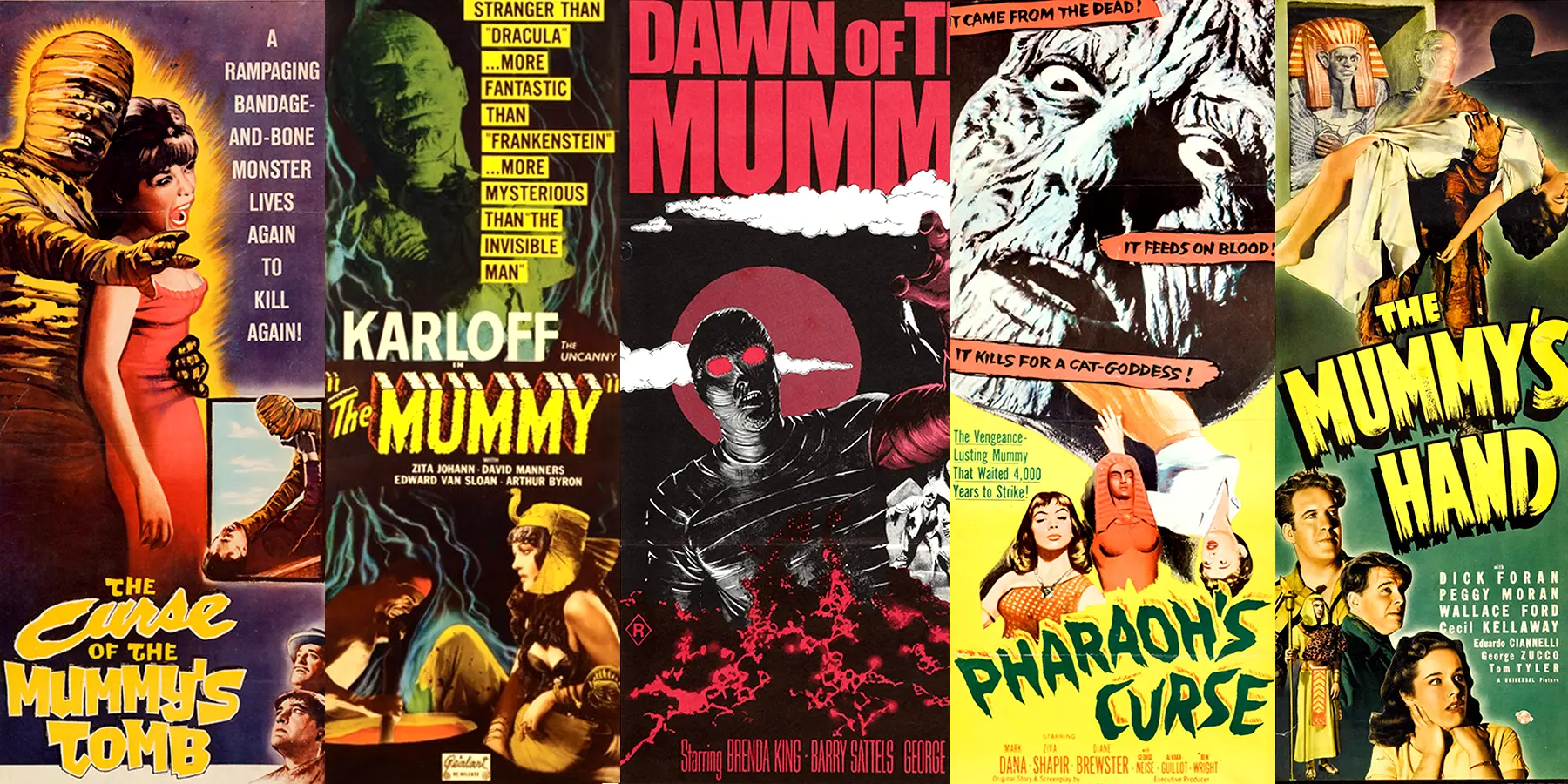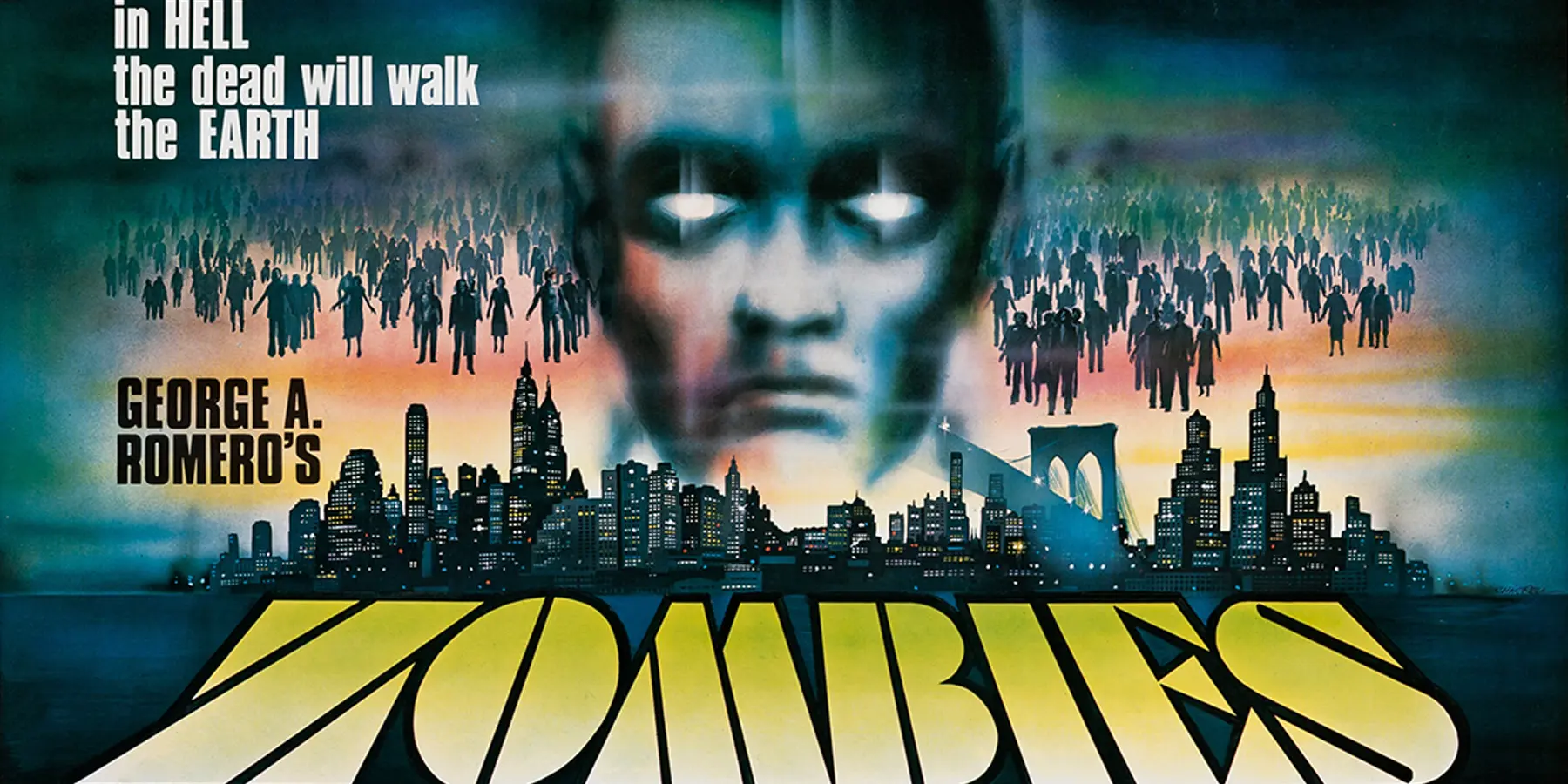The Faces of Death series is one of the most controversial and notorious franchises in cinematic history, marketed as a harrowing glimpse into real-life death, disasters, and brutality. Released in the late 1970s and spanning into the 1990s, these films blurred the line between reality and fiction, drawing audiences with the promise of real death footage. But how authentic were these shocking images? Let’s explore the truth behind Faces of Death, its rise to infamy, and the psychology of why people watch these kinds of films.
How Real Were the Faces of Death Movies?
The original Faces of Death film, released in 1978, was directed by John Alan Schwartz under the pseudonym Conan Le Cilaire. Promoted as a “shockumentary,” it included graphic footage of animal slaughter, autopsies, accidents, and executions. However, many of the scenes were staged or heavily manipulated for shock value. For example, infamous scenes like the “monkey brain dinner” and an electric chair execution were entirely fictional, created with special effects and actors.
The film cleverly combined actual news footage and stock footage with staged scenes to craft a seamless, convincing blend of real and fake content. This mix left many viewers in the pre-internet era believing they were watching real death, and the film’s realistic presentation fueled its urban legend status, as audiences debated its authenticity for years.
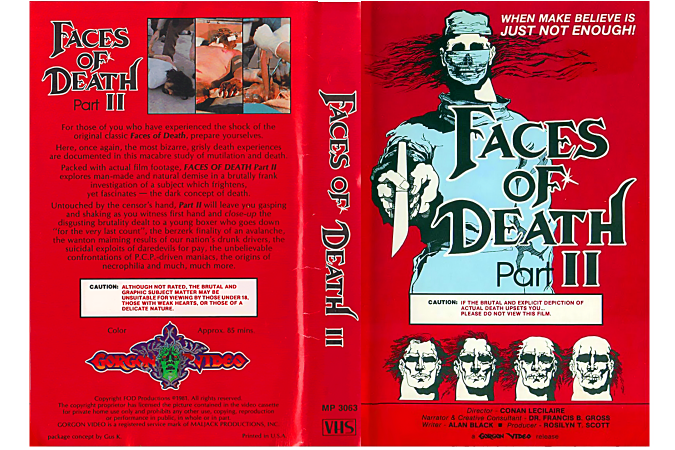
Release, Censorship, and Bans: Was Faces of Death Actually Banned?
The first Faces of Death was produced by F.O.D. Productions and distributed by Gorgon Video in the United States. It was marketed with the tagline “Banned in 40 Countries,” which was partially true. The film was indeed banned or heavily edited in several countries, including Australia, New Zealand, Norway, and Germany. Authorities in these nations found the graphic and disturbing content too extreme for public viewing, often labeling it as morally offensive.
In the United States, Faces of Death found its primary audience through the burgeoning home video market. Video rental stores across the country became hotspots for curious viewers wanting to experience this “forbidden” film, turning Faces of Death into a VHS phenomenon. Its underground reputation was only enhanced by its banned status, making it a cult classic for audiences seeking the thrill of taboo content.
The Mystery of the Missing Tapes: Why Were They Constantly Stolen?
One of the strangest aspects of Faces of Death was the high rate of theft from video rental stores. Owning or viewing Faces of Death became a symbol of rebellion and fearlessness, and many renters simply never returned their copies. The film’s reputation for showing “real” death made it a coveted item, and having a copy became a badge of honor within certain circles. Rental stores, reluctant to continuously restock such controversial material, only contributed to its scarcity and mystique, further driving demand.
How Many Films Are in the Faces of Death Series?
The success of Faces of Death led to a full-blown franchise. The main series includes:
- Faces of Death (1978)
- Faces of Death II (1981)
- Faces of Death III (1985)
- Faces of Death IV (1990)
- Faces of Death V (1995)

Knockoffs and Copycats: Traces of Death and Other Imitators
The groundbreaking success of Faces of Death inspired a slew of imitators, all eager to cash in on the public’s morbid curiosity. The most famous of these knockoffs was the Traces of Death series, launched in 1993. Unlike Faces of Death, which used staged scenes, Traces of Death claimed to contain 100% real footage of death and autopsies, increasing its shock value.
Other notable knockoffs included:
- Death Scenes (1989)
- Executions (1995)
- Shocking Asia (1974)
These films took Faces of Death’s formula even further, pushing boundaries of graphic content and giving rise to a wave of extreme Mondo-style documentaries.
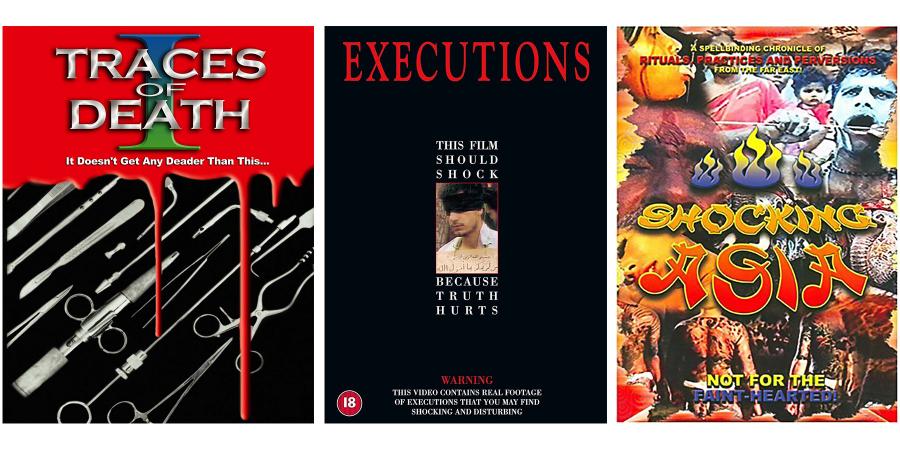
The Connection to Mondo Movies
Before Faces of Death, the Mondo genre had already laid the foundation for shockumentary cinema. Mondo films like Mondo Cane (1962) presented shocking or taboo content under the pretense of cultural exploration, showcasing exotic practices and unusual customs from around the world.
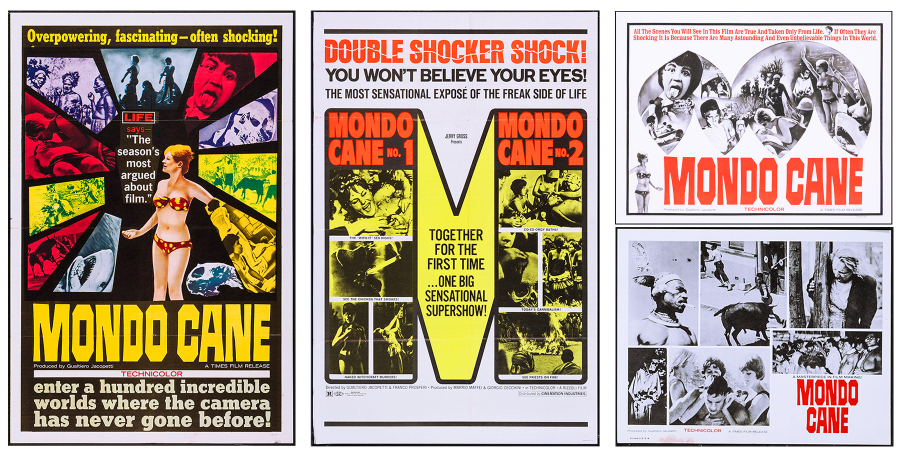
Like Mondo movies, Faces of Death mixed real and staged footage, blurring lines between documentary and fiction. However, it took this formula to a new level by focusing almost entirely on death and suffering, shifting from cultural voyeurism to outright sensationalism. The Mondo influence is clear in Faces of Death, which, like its predecessors, used the pseudo-documentary style to enhance the impact and credibility of its content.
The Popularity of Mondo Movies and Faces of Death
The popularity of Mondo movies and Faces of Death can be attributed to a shared fascination with the extreme and forbidden. Mondo films were often marketed as educational, but audiences were drawn to their graphic content and voyeuristic appeal. Faces of Death took this appeal further, becoming a cult favorite among horror fans, young thrill-seekers, and those looking to push the boundaries of their own comfort.
While mainstream critics and moral authorities denounced these films as tasteless and exploitative, their underground status only fueled their allure. For many, these films represented a chance to confront the ultimate taboo: death itself.
The Psychological Appeal of Faces of Death
Why do people watch films like Faces of Death? The psychological appeal can be broken down into a few key motivations:
- Curiosity About Mortality: Death is the great unknown, and for some, watching depictions of death—whether real or staged—offers a way to confront their own fears.
- Taboo Fascination: With marketing that promised forbidden or banned content, Faces of Death offered the thrill of experiencing something that society had deemed off-limits.
- Desensitization: Some viewers seek to desensitize themselves to violence and death, using graphic films as a way to control or reduce their fear response.
- Cathartic Release: For others, viewing extreme content provides a form of catharsis, helping them process complex feelings or release tension in a controlled setting.
The Legacy of Faces of Death
Despite its fabricated elements and moral controversies, Faces of Death has left a lasting impact on exploitation and shock cinema. Its blend of real and staged footage, combined with sensational marketing, created a phenomenon that inspired numerous imitators and established a template for future shockumentaries.
In a pre-internet era, Faces of Death offered audiences a rare glimpse into the macabre, sparking debates over morality, censorship, and authenticity. Today, it remains a pivotal work in the history of exploitation cinema—a series that dared to push the ultimate taboo and created a cultural shockwave in the process. Its tapes may have been stolen from video stores and its scenes faked, but Faces of Death endures as a fascinating study in society’s complex relationship with death and the boundaries of cinema.
